Mouth and Throat Exercises to Alleviate Sleep Apnea Symptoms
Are sleepless nights and constant fatigue taking a toll on your well-being? If you’re among the millions struggling with sleep apnea, the solution might be simpler than you think. At Desert Hills Dental Care, our Farmington, NM sleep specialist, Dr. Charles Schumacher can help you improve your sleep quality with effective mouth and throat exercises.
To learn more about how these exercises can make a significant difference in managing sleep apnea symptoms, contact Dr. Schumacher today by calling Desert Hills Dental Care at (505) 427-2936.

What Are Mouth and Throat Exercises?
Mouth and throat exercises, also known as oropharyngeal exercises, are designed to strengthen the muscles involved in speaking, swallowing, and overall oral and throat health. These exercises can help prevent the collapse of the airway during sleep and reduce the severity of apneas. While they aren’t a standalone solution for severe cases, they can be a valuable part of your comprehensive treatment plan.
Treatments Combined With Mouth and Throat Exercises
In many cases, sleep dentists or specialists may recommend practicing mouth and throat exercises in conjunction with another form of sleep apnea treatment. These treatments may include:
- Continuous Positive Airway Pressure (CPAP) Therapy: CPAP therapy involves the use of a machine that delivers a continuous stream of air through a mask to keep your airway open. When combined with mouth and throat exercises, CPAP therapy can be more comfortable and effective.
- Oral Appliance Therapy: Oral appliances are custom-made devices that reposition the jaw and tongue to keep the airway open. Combining mouth and throat exercises with oral appliance therapy can provide comprehensive treatment for sleep apnea.
- Lifestyle Changes: Changes such as weight loss, avoiding alcohol and sedatives, and improving sleep posture can reduce the severity of sleep apnea. When combined with mouth and throat exercises, these changes can have a synergistic effect.
- Positional Therapy: Positional therapy involves changing your sleeping position to reduce the risk of airway obstruction. Mouth and throat exercises can complement this therapy by improving muscle tone and making it easier to maintain the desired sleeping position.
Benefits of Mouth and Throat Exercises
Performing mouth and throat exercises may provide patients with the following benefits:
- Improved Muscle Tone: These exercises help strengthen muscles in the mouth, throat, and soft palate. Improved muscle tone can reduce the likelihood of airway collapse during sleep, leading to fewer apneas and better breathing patterns.
- Reduced Severity of Sleep Apnea: Regularly practicing these exercises can reduce the severity of sleep apnea symptoms. This means less interrupted sleep and improved overall sleep quality.
- Complementary Treatment: Mouth and throat exercises can complement other sleep apnea treatments, such as continuous positive airway pressure (CPAP) therapy or oral appliances. They can enhance the effectiveness of these treatments and may allow for lower CPAP pressure settings.
- Cost-Effective: Unlike other sleep apnea treatments that may require expensive equipment or devices, mouth and throat exercises are cost-effective and can be done at home without special equipment.
- Better Sleep Hygiene: Incorporating these exercises into your daily routine encourages better sleep hygiene. As you become more aware of your sleep patterns and the factors that contribute to sleep apnea, you may also make positive lifestyle changes, such as adjusting your sleep position or avoiding alcohol before bedtime.
- Reduced Dependency on Medication: For some individuals, mouth and throat exercises may reduce medication to manage sleep apnea symptoms.
- Enhanced Quality of Life: By reducing the disruptions caused by sleep apnea, these exercises can contribute to an improved quality of life. You may experience increased daytime alertness, better mood, and better overall health.
- Long-Term Sustainability: Unlike some treatment options that may have limitations or require ongoing costs, mouth and throat exercises are sustainable in the long term. Once you learn these exercises, you can continue practicing them as part of your daily routine.
Types of Mouth and Throat Exercises
Tongue Exercises
- Tongue Press: Push the tip of your tongue against the roof of your mouth and slide it backward. Repeat this motion several times.
- Tongue Slide: Hold your tongue between your teeth and slide it out as far as it will go, then back in. Do this exercise several times.
- Tongue Curl: Curl your tongue backward and touch it to the back of your mouth. Hold for a few seconds and release. Repeat.
Soft Palate Exercises
- Palatal Flutter: Create a fluttering sound by blowing air through your closed lips while keeping your mouth closed.
- Say “Ahh”: Open your mouth wide and say “Ahh” for as long as you can. This helps strengthen the muscles in your soft palate.
Jaw Exercises
- Jaw Thrust: Jut your lower jaw forward and hold for a few seconds, then relax. Repeat this exercise several times.
- Chin Lift: Tilt your head back and lift your chin upward. Hold for a few seconds and release. Repeat.
Swallowing Exercises
- Effortful swallowing: Swallow with extra effort, trying to squeeze all the muscles involved in swallowing.
- Supraglottic swallow: Swallow while holding your breath, followed by a forced cough to clear your throat.
Throat Relaxation Exercises
- Neck stretches: Gently tilt your head from side to side and forward and backward to release tension in the neck and throat.
- Yawning exercises: Yawning can help relax the throat muscles.
Breathing Exercises
- Diaphragmatic breathing: Practice deep breathing from your diaphragm to support better vocal control and overall oral health.
Frequently Asked Questions
Are mouth and throat exercises a substitute for traditional sleep apnea treatments?
While exercises can be beneficial, they’re often used as complementary strategies rather than replacements for traditional treatments like continuous positive airway pressure (CPAP) therapy or lifestyle changes. Consult with a healthcare professional for a comprehensive approach to managing sleep apnea.
How frequently should I perform mouth and throat exercises for optimal results?
The frequency of exercises varies from person to person. Generally, incorporating these exercises into a daily routine is recommended. However, the regimen and intensity may depend on individual factors, and consultation with a healthcare provider is advised.
Can anyone benefit from mouth and throat exercises, or are they suitable for specific types of sleep apnea?
Mouth and throat exercises can offer benefits for individuals with various types of sleep apnea. However, their effectiveness may vary. It’s crucial to determine the underlying causes of sleep apnea through professional diagnosis to tailor an appropriate treatment plan, which may include targeted exercises.
Are there specific precautions or contraindications associated with mouth and throat exercises for sleep apnea?
While generally safe, approach any exercise regimen with caution. Individuals with certain medical conditions or anatomical considerations may need personalized guidance. Before starting a new exercise routine, especially for those with pre-existing health conditions, seeking advice from a healthcare professional is recommended to ensure safety and effectiveness.
Reclaim Your Restful Nights
Mouth and throat exercises can be a game-changer for individuals dealing with the challenges of sleep apnea. Strengthening those muscles may just be the missing piece for a good night’s sleep. It’s like giving your airways a little workout, helping them stay open, and making room for restful slumber.
If you suspect that you have sleep apnea, don’t hesitate to schedule an appointment with Dr. Schumacher today by giving our Farmington, NM office a call at (505) 427-2936. Our skilled team looks forward to improving the sleep quality of New Mexico patients in Bloomfield, Aztec, Upper Fruitland, Farmington, and the surrounding areas.
